As we step into 2025, the landscape of fruit farming is undergoing a significant transformation. Driven by technological advancements, shifting consumer preferences, and the pressing need for sustainability, the fruit farming industry is embracing innovative practices to meet the challenges of the modern world. This article delves into the key trends shaping fruit farming in 2025, offering insights into the future of agriculture.
1. Precision Agriculture and AI Integration
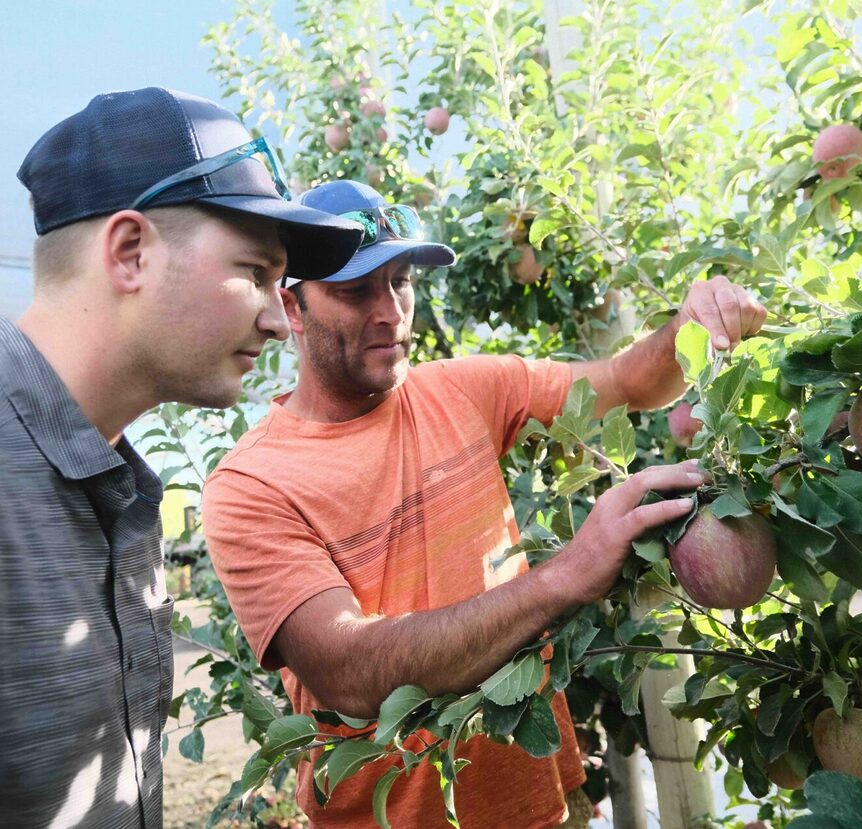
The integration of Artificial Intelligence (AI) and precision agriculture technologies is revolutionizing fruit farming. Farmers are increasingly adopting AI-powered tools for tasks such as crop monitoring, pest detection, and yield prediction. These technologies enable more efficient use of resources, reduce waste, and enhance productivity.
For instance, AI-driven drones and sensors are being employed to monitor crop health in real-time, allowing for timely interventions. Additionally, machine learning algorithms analyze data from various sources to predict optimal harvest times and identify potential issues before they escalate.
2. Rise of Regenerative Agriculture
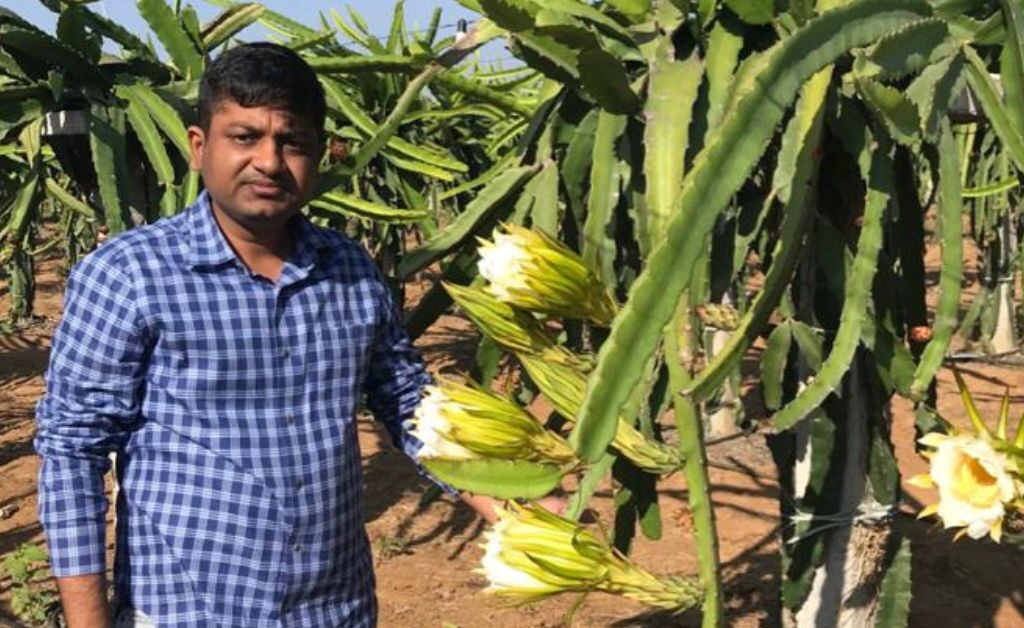
Regenerative agriculture is gaining momentum as a sustainable farming practice that goes beyond sustainability to restore and enhance the health and biodiversity of farming ecosystems. This approach emphasizes practices such as cover cropping, reduced tillage, and rotational grazing to improve soil health, increase water retention, and sequester carbon.
In fruit farming, regenerative practices are being implemented to revitalize orchards, enhance fruit quality, and reduce dependency on chemical inputs. Farmers are recognizing the long-term benefits of regenerating their soils, leading to improved resilience against pests, diseases, and climate extremes.
3. Climate-Resilient Crop Varieties
With climate change posing significant challenges to traditional farming practices, the development and adoption of climate-resilient fruit varieties are becoming crucial. Research institutions and agricultural companies are focusing on breeding fruit crops that can withstand extreme weather conditions, such as droughts, floods, and temperature fluctuations.
These resilient varieties are not only more adaptable to changing climates but also offer improved yields and quality. For example, drought-tolerant apple and citrus varieties are being introduced to regions experiencing water scarcity, ensuring consistent production despite adverse conditions.
4. Urban and Vertical Farming Expansion
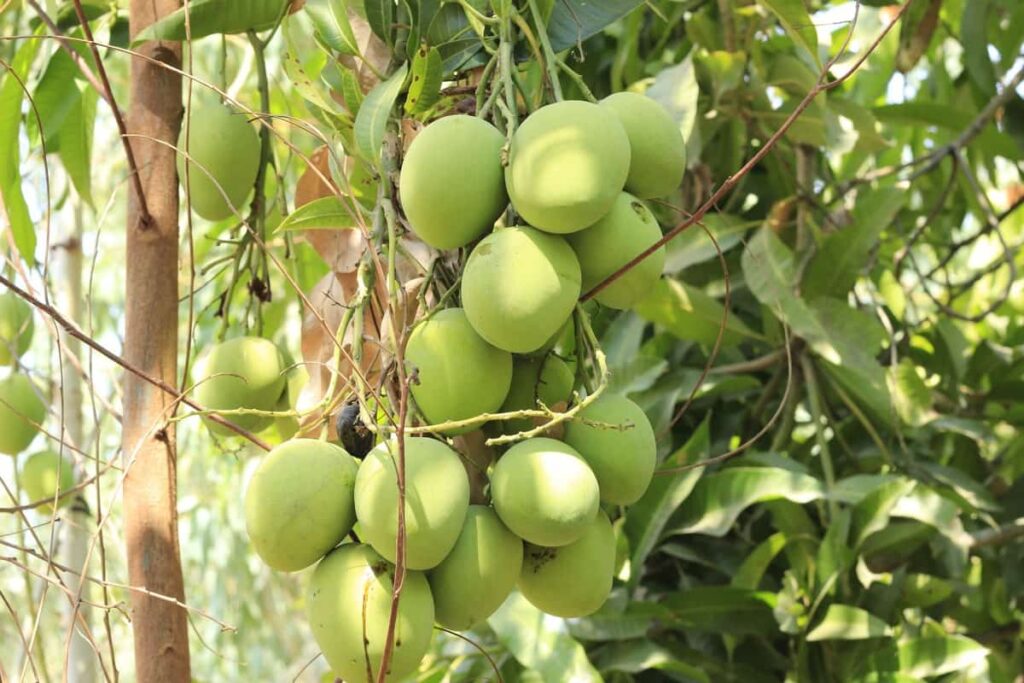
Urbanization and limited arable land are driving the growth of urban and vertical farming. These innovative farming methods involve growing fruits in controlled indoor environments, such as greenhouses and vertical farms, within city settings. This approach reduces the need for long-distance transportation, minimizes land use, and provides fresh produce to urban populations year-round.
In 2025, cities worldwide are witnessing the establishment of vertical farms that cultivate fruits like strawberries, tomatoes, and herbs. These farms utilize hydroponic and aeroponic systems, allowing for efficient water and nutrient use while producing high-quality fruits in urban centers.
5. Consumer Demand for Exotic and Functional Fruits
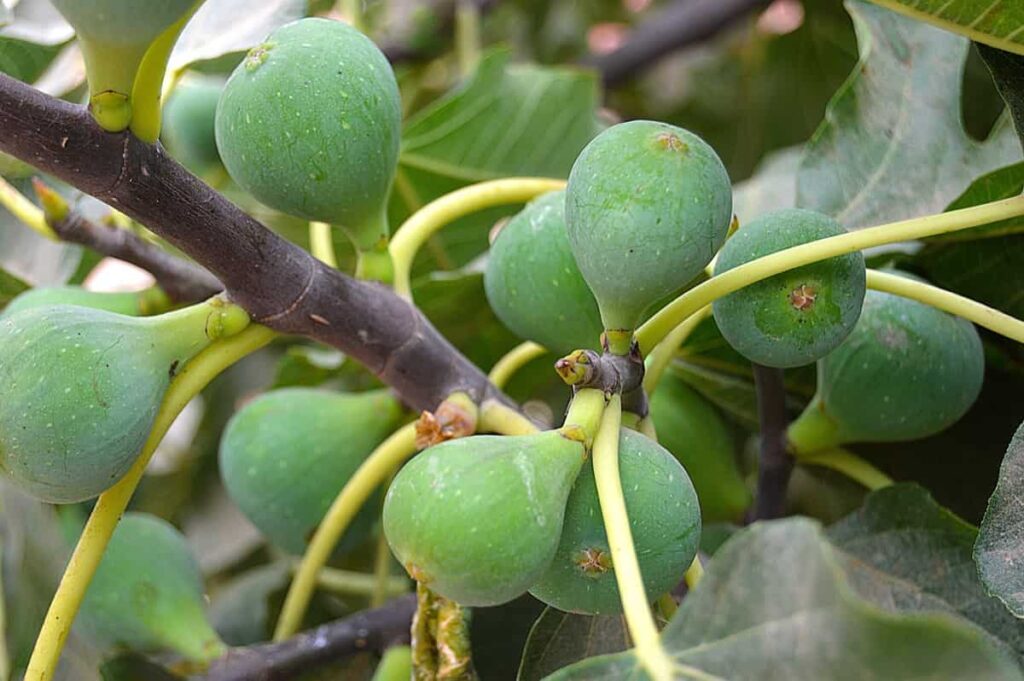
Consumer preferences are shifting towards exotic and functional fruits that offer unique flavors and health benefits. Fruits such as dragon fruit, kiwi, and pomegranate are gaining popularity due to their nutritional profiles and distinctive tastes.
Moreover, functional fruits that provide specific health benefits, such as boosting immunity or improving digestion, are in high demand. This trend is prompting fruit farmers to diversify their crops and explore new varieties to cater to the evolving tastes and health-conscious consumers.
6. Sustainable Packaging and Waste Reduction
Sustainability extends beyond farming practices to include packaging and waste management. Consumers and retailers are increasingly advocating for eco-friendly packaging solutions that reduce plastic use and minimize waste.
In response, fruit producers are adopting biodegradable, recyclable, and reusable packaging materials. Additionally, initiatives to reduce food waste, such as donating surplus produce and implementing composting programs, are being implemented to promote sustainability throughout the supply chain.
7. Digital Platforms for Direct-to-Consumer Sales
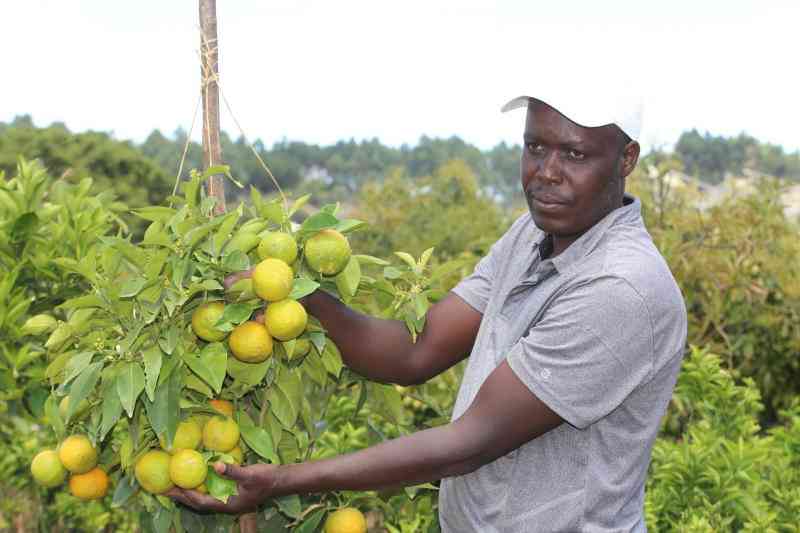
The digital transformation of the fruit farming industry is facilitating direct-to-consumer sales through online platforms. Farmers are leveraging e-commerce websites and mobile applications to sell their produce directly to consumers, bypassing traditional retail channels.
This approach not only provides farmers with better profit margins but also allows consumers to access fresh, locally grown fruits conveniently. The rise of subscription-based models and home delivery services further enhances the direct-to-consumer experience.
8. Automation and Robotics in Harvesting
Labor shortages and the need for efficiency are driving the adoption of automation and robotics in fruit harvesting. Robotic systems equipped with advanced sensors and AI algorithms are being developed to pick fruits with precision and speed.
These automated harvesters can operate around the clock, reducing labor costs and minimizing damage to the fruit. While still in the developmental phase, these technologies hold promise for revolutionizing harvesting practices in the near future.
9. Blockchain for Traceability and Transparency
Consumers are increasingly concerned about the origins and safety of their food. To address these concerns, the fruit farming industry is implementing blockchain technology to provide traceability and transparency in the supply chain.
Blockchain enables the recording of every transaction and movement of produce from farm to table, ensuring that consumers have access to information about the origin, handling, and quality of their food. This technology fosters trust and accountability in the food industry.
10. Policy Support and Incentives for Sustainable Practices
Governments and international organizations are recognizing the importance of sustainable agriculture and are providing policy support and incentives to promote eco-friendly farming practices. Subsidies, grants, and technical assistance are being offered to farmers adopting sustainable methods, such as organic farming and water conservation techniques.
These policies aim to encourage the transition towards sustainable agriculture, ensuring food security and environmental preservation for future generations.
Conclusion
The fruit farming industry in 2025 is characterized by innovation, sustainability, and adaptability. From the integration of AI and precision agriculture to the adoption of regenerative practices and climate-resilient crops, farmers are embracing new technologies and methods to meet the challenges of modern agriculture.
As consumer preferences evolve towards exotic, functional, and sustainably produced fruits, the industry is responding by diversifying crops and improving production practices. The expansion of urban and vertical farming, coupled with advancements in automation and digital platforms, is reshaping the landscape of fruit production and distribution.
With continued policy support and investment in research and development, the fruit farming sector is poised for a sustainable and prosperous future. By staying abreast of these trends and embracing innovation, farmers can navigate the complexities of the modern agricultural landscape and contribute to a resilient and food-secure world.
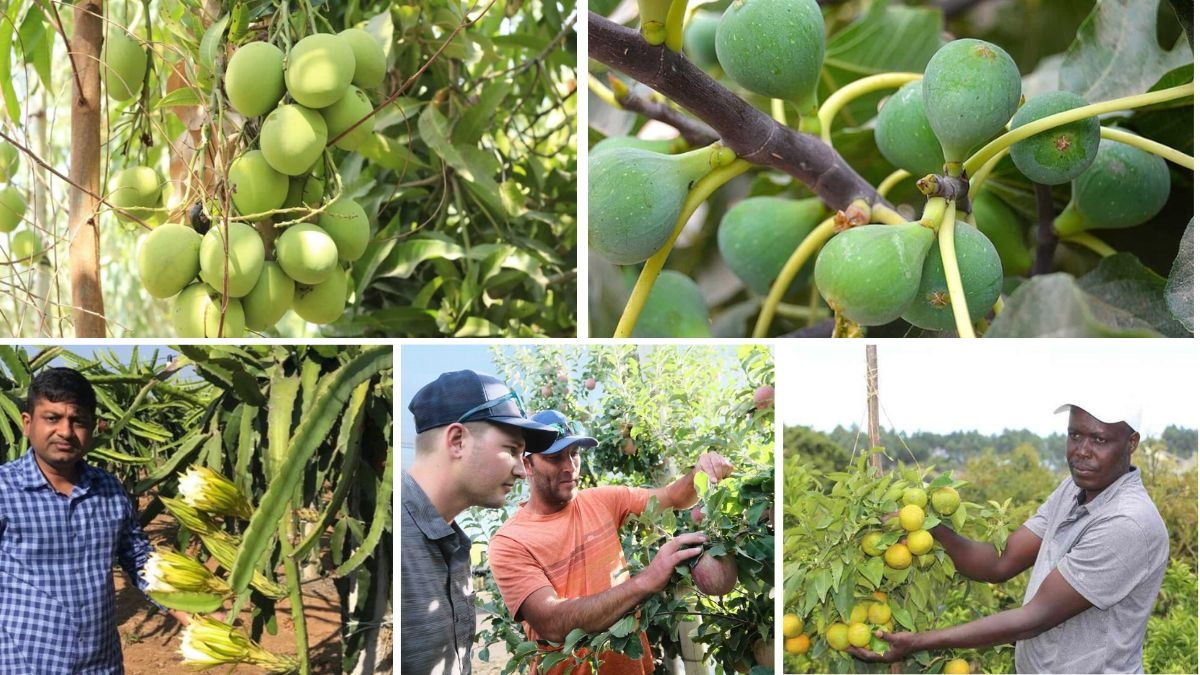



Leave A Comment